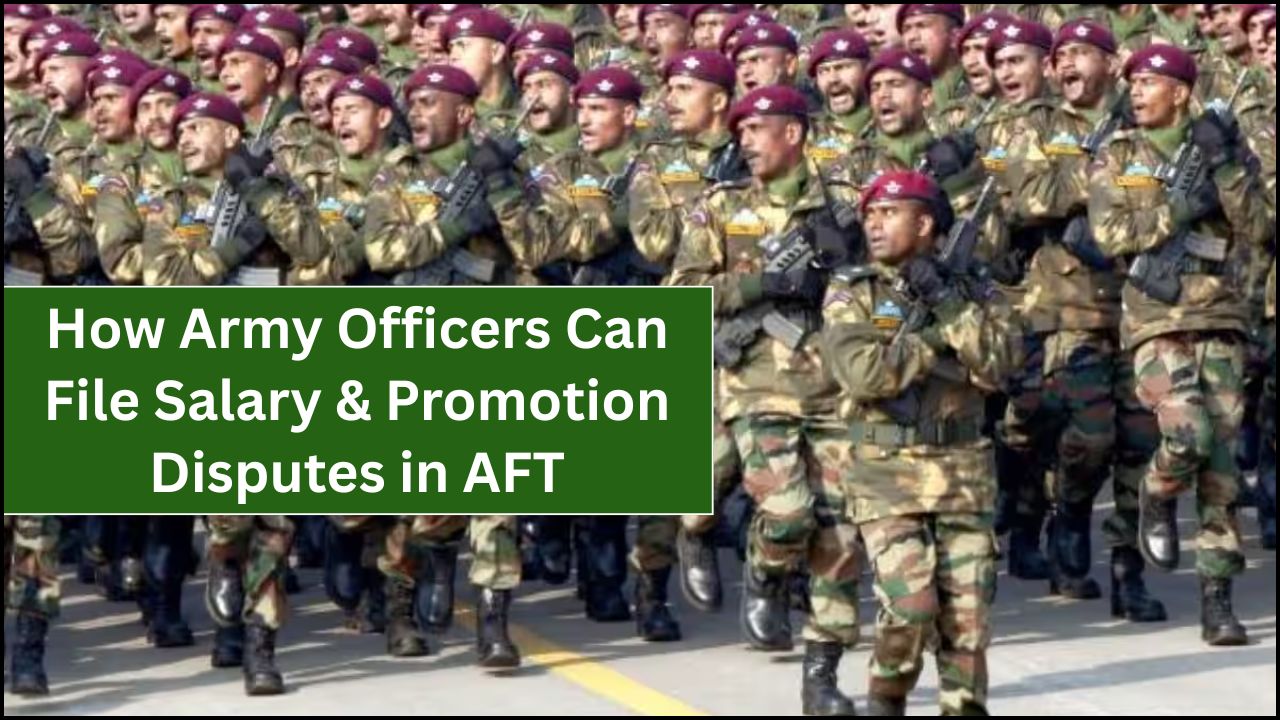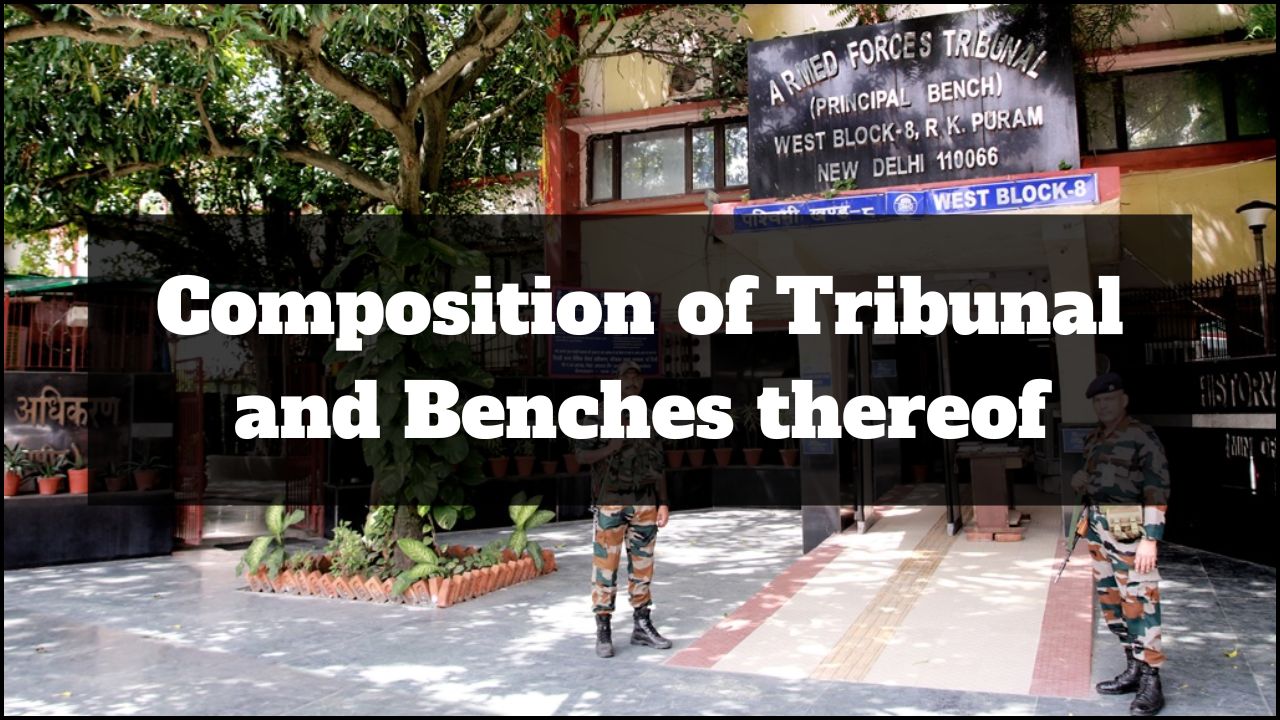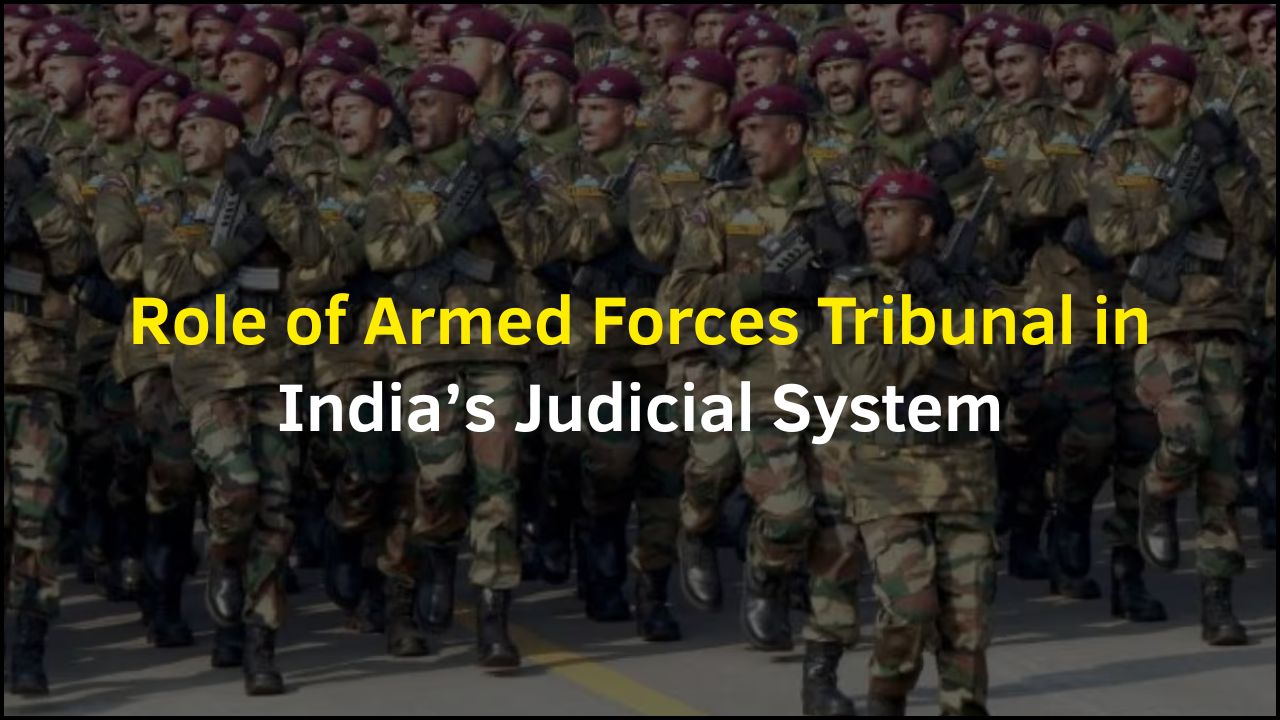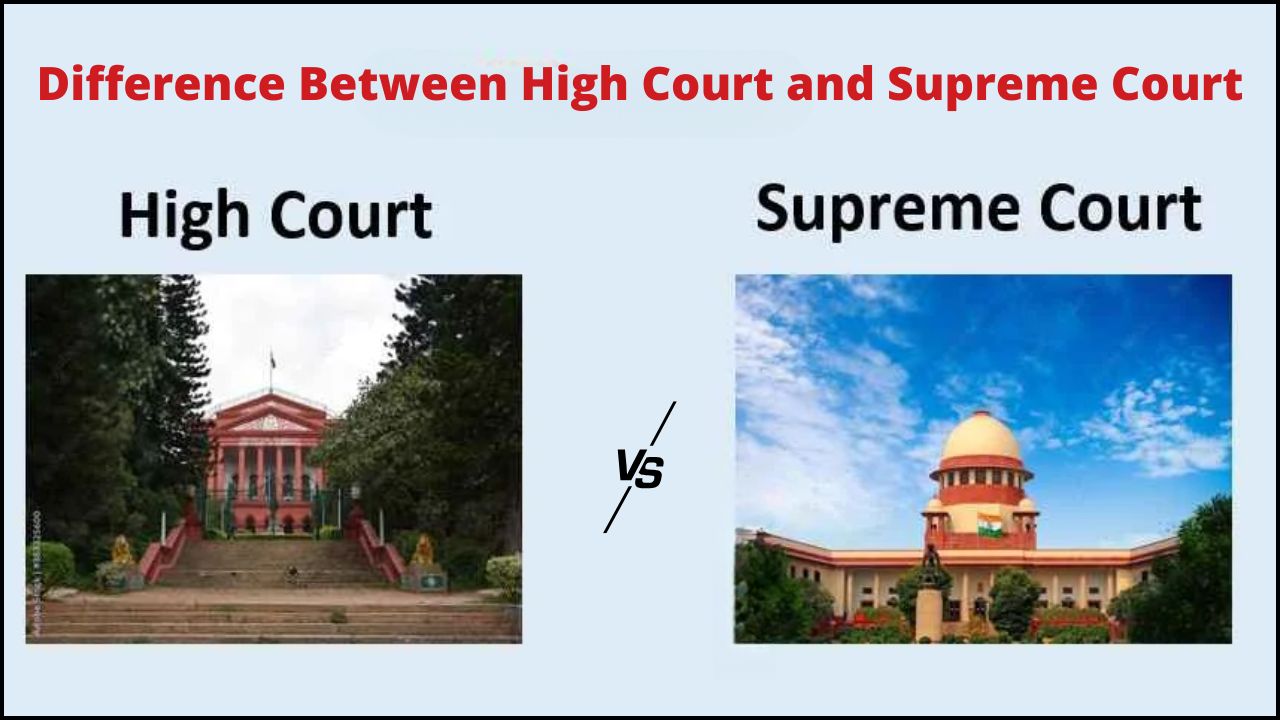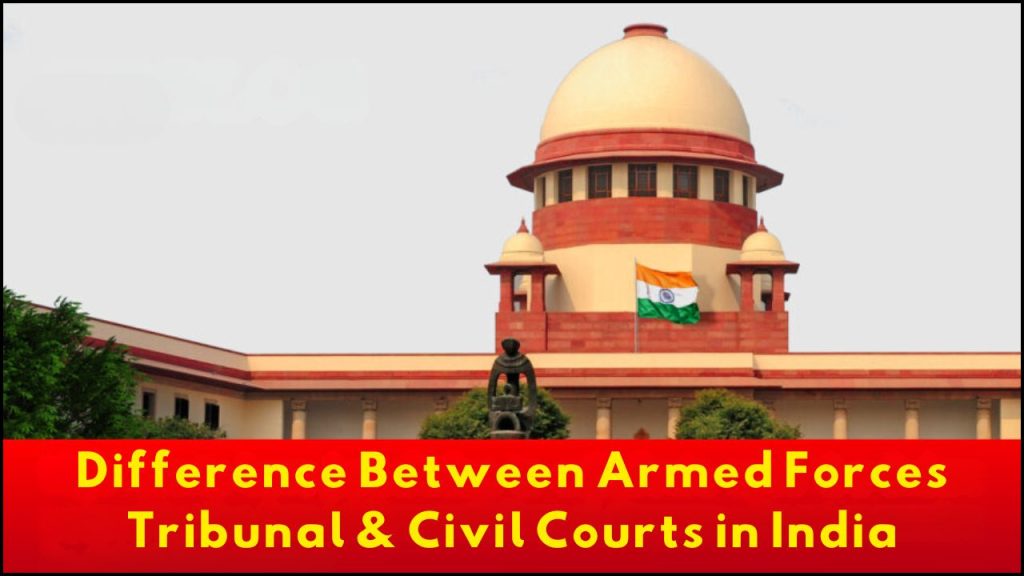
The Indian legal system includes different types of courts and tribunals. Among them, the Armed Forces Tribunal (AFT) and Civil Courts play significant roles. Both handle legal matters, but their functions, powers, and structures are different. Understanding these differences helps to know which forum deals with military-related issues and which one handles civil matters for the general public.
Table of Contents
Key Differences Between Armed Forces Tribunal and Civil Courts
1. Purpose and Jurisdiction
- Armed Forces Tribunal
- Established to deal with disputes and complaints related to military service.
- Handles matters such as appointments, promotions, and disciplinary actions in the Army, Navy, and Air Force.
- Civil Courts
- Deals with civil matters like property disputes, contracts, and personal issues.
- Covers all non-military citizens and organizations.
2. Governing Law
- Armed Forces Tribunal
- Functions under the Armed Forces Tribunal Act, 2007.
- Civil Courts
- Operate under various civil laws like the Civil Procedure Code (CPC), 1908, and other specific acts.
3. Composition
- Armed Forces Tribunal
- Includes a mix of Judicial Members (retired High Court Judges) and Administrative Members (retired senior officers of the Armed Forces).
- Civil Courts
- Comprised of Judicial Officers who are part of the Indian judiciary, appointed through public service exams.
4. Types of Cases Handled
- Armed Forces Tribunal
- Service matters related to Armed Forces personnel.
- Court-martial appeals and other military disciplinary issues.
- Civil Courts
- Family law cases (marriage, divorce).
- Property disputes, contract issues, and consumer cases.
5. Appeal Process
- Armed Forces Tribunal
- Appeals can be filed in the Supreme Court of India, but only on a point of law.
- Civil Courts
- Appeals usually go to the High Courts and then to the Supreme Court.
6. Accessibility
- Armed Forces Tribunal
- Limited benches across India.
- Mostly located in major cities like Delhi, Chennai, and Kolkata.
- Civil Courts
- Available in almost every district of the country.
- Easily accessible to the general public.
7. Representation
- Armed Forces Tribunal
- Lawyers can represent parties, but many cases involve direct representation by military personnel.
- Civil Courts
- Parties are usually represented by lawyers.
8. Procedure Followed
- Armed Forces Tribunal
- Follows a special procedure designed for the speedy disposal of service matters.
- Civil Courts
- Follows the Civil Procedure Code, which can be lengthy and formal.
Comparison
| Criteria | Armed Forces Tribunal | Civil Courts |
|---|---|---|
| Establishment | Under the Armed Forces Tribunal Act, 2007 | Under the Constitution and CPC |
| Purpose | Resolves military service disputes | Handles civil issues like property, family, contracts |
| Jurisdiction | Army, Navy, and Air Force personnel | Handles civil issues like property, family, and contracts |
| Members | Judicial + Administrative (ex-servicemen) | Judicial officers (appointed judges) |
| Types of Cases | Court-martial appeals, service-related complaints | The general public and organizations |
| Law Followed | Armed Forces Tribunal Act | Civil Procedure Code |
| Appeals | Divorce, property, contract, and torts | To the Supreme Court only on legal questions |
| Availability | Few benches in selected cities | Available in almost all districts |
| Legal Representation | Lawyers and sometimes self-representation | Mostly lawyers |
| Procedure | Quicker, special tribunal procedure | Formal, lengthy under CPC |
Additional Points of Difference
- Enforcement of Orders
- Armed Forces Tribunal: Orders are binding but need follow-up for enforcement.
- Civil Courts: Have established mechanisms to enforce orders through legal officers.
- Time Frame
- Armed Forces Tribunal: Usually disposes of cases faster due to its specific scope.
- Civil Courts: Often face delays due to case backlog.
- Appeal Limitations
- Armed Forces Tribunal: Cannot hear cases related to operational decisions during active service.
- Civil Courts: Can hear almost all civil matters unless restricted by law.
- Presence of Military Understanding
- Armed Forces Tribunal: Members have military experience, making them more sensitive to service issues.
- Civil Courts: Judges may not have a military background, leading to limited understanding of defense operations.
Who Can Approach These Forums?
| Forum | Who Can Approach |
|---|---|
| Armed Forces Tribunal | Any member of Armed Forces (serving or retired), family members |
| Civil Courts | Any Indian citizen or legal entity |
Statutory Limitations
- Armed Forces Tribunal
- No jurisdiction over decisions taken during military operations.
- Cannot deal with service matters of paramilitary forces.
- Civil Courts
- Cannot hear cases specifically assigned to tribunals.
- Cannot interfere in military service matters covered by AFT.
Why the Difference Exists?
- Specialization
- Armed Forces Tribunal provides a platform that understands military life and structure.
- Civil Courts cater to a broader range of public issues, requiring different expertise.
- Efficiency
- AFT ensures faster justice for military personnel.
- Civil courts manage a large volume of cases, so the time taken is usually longer.
- Clarity of Jurisdiction
- Clear separation avoids overlapping and reduces confusion for litigants.
Wrapping Up
The Armed Forces Tribunal and Civil Courts both serve justice, but in different areas. The AFT focuses on military-related legal issues, while Civil Courts handle civilian matters. This separation ensures that each case is handled by those with the right knowledge and authority. Understanding their differences helps individuals know where to go for justice depending on the nature of their dispute.


